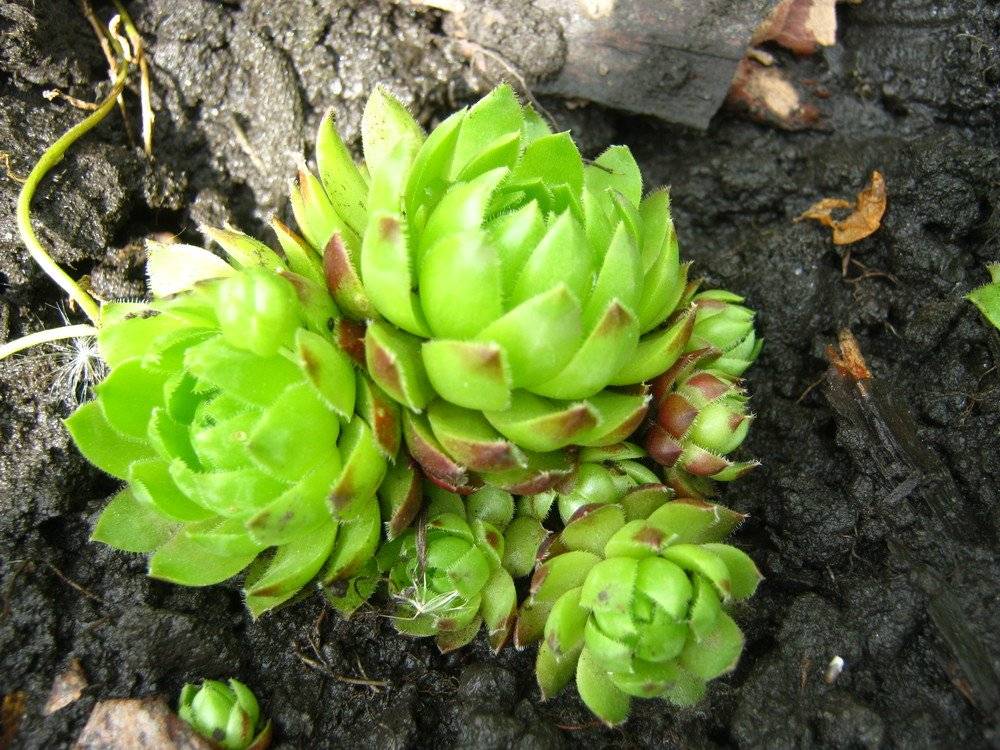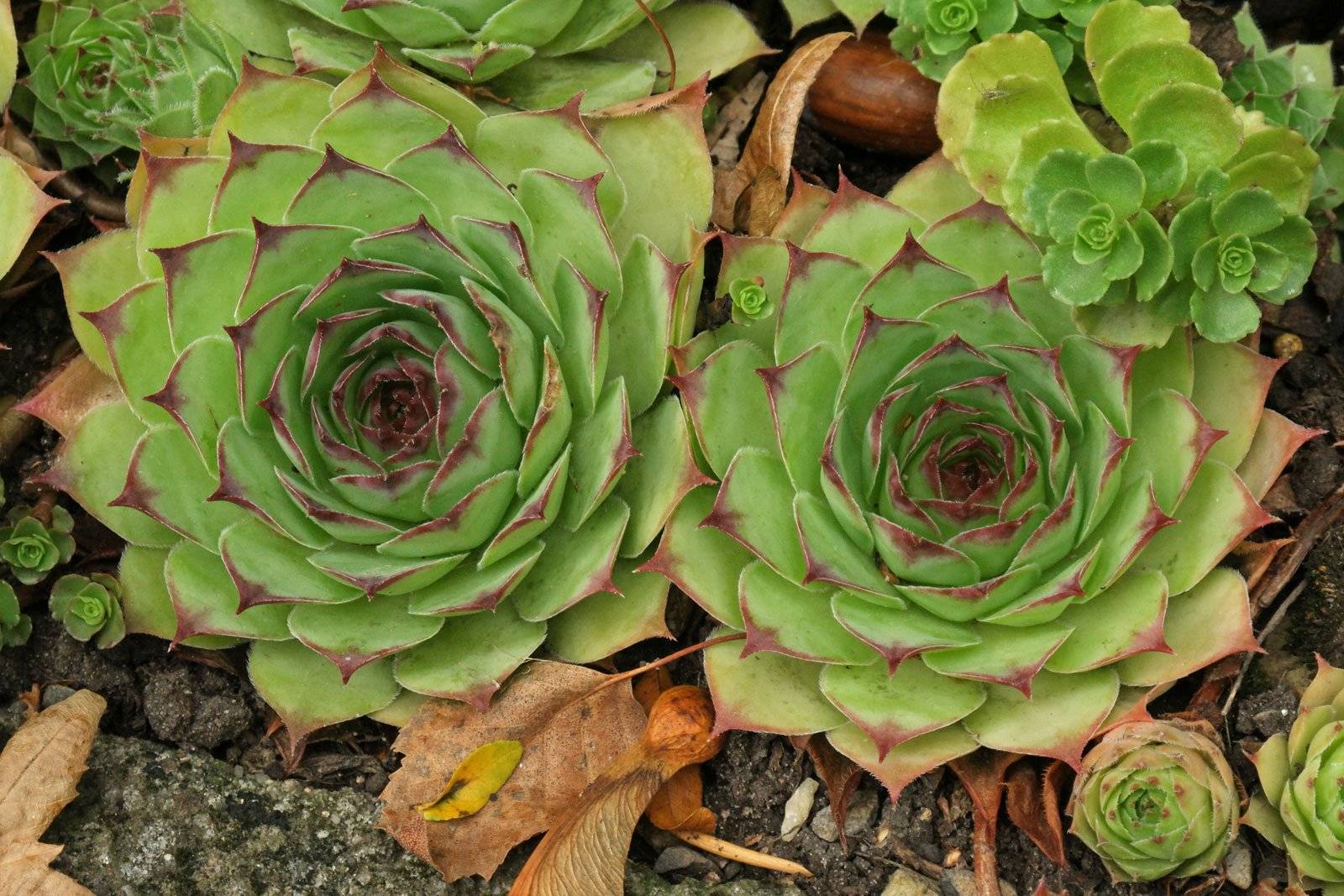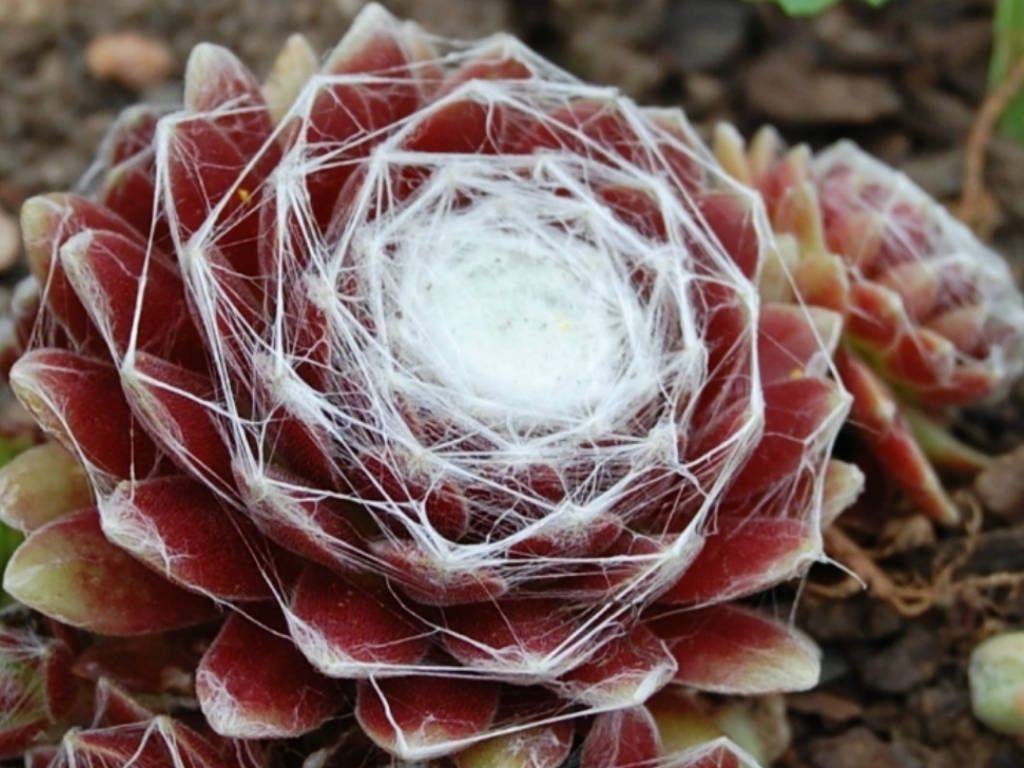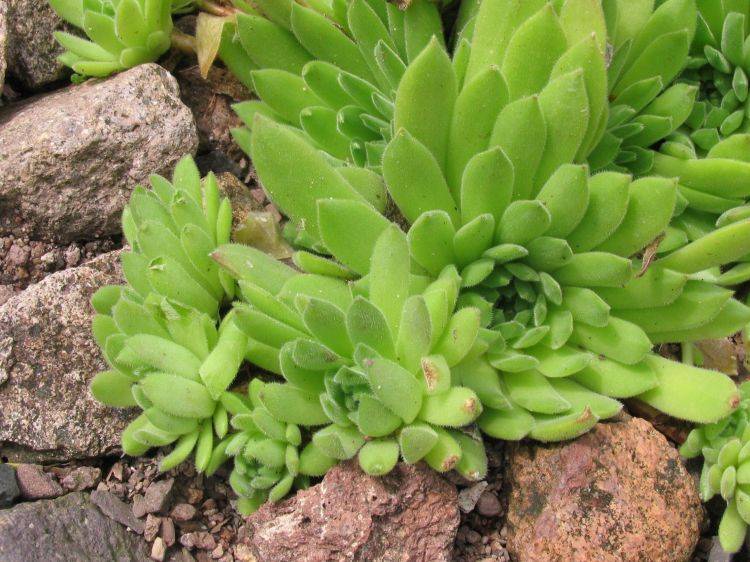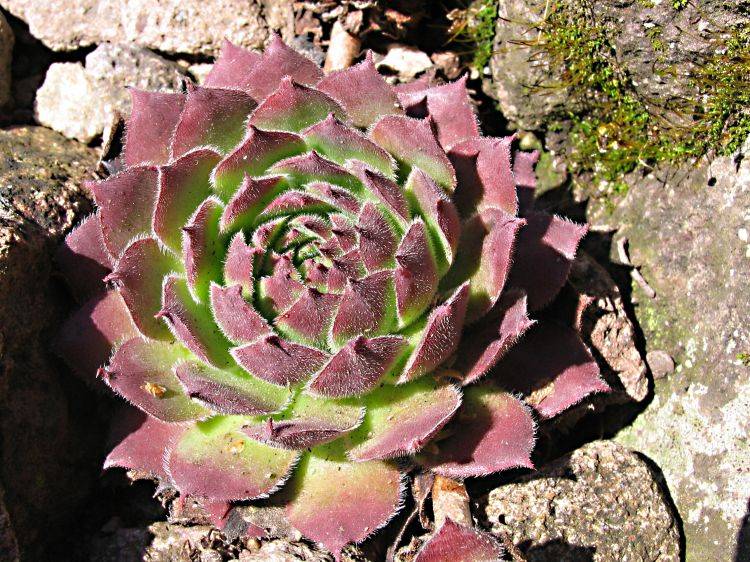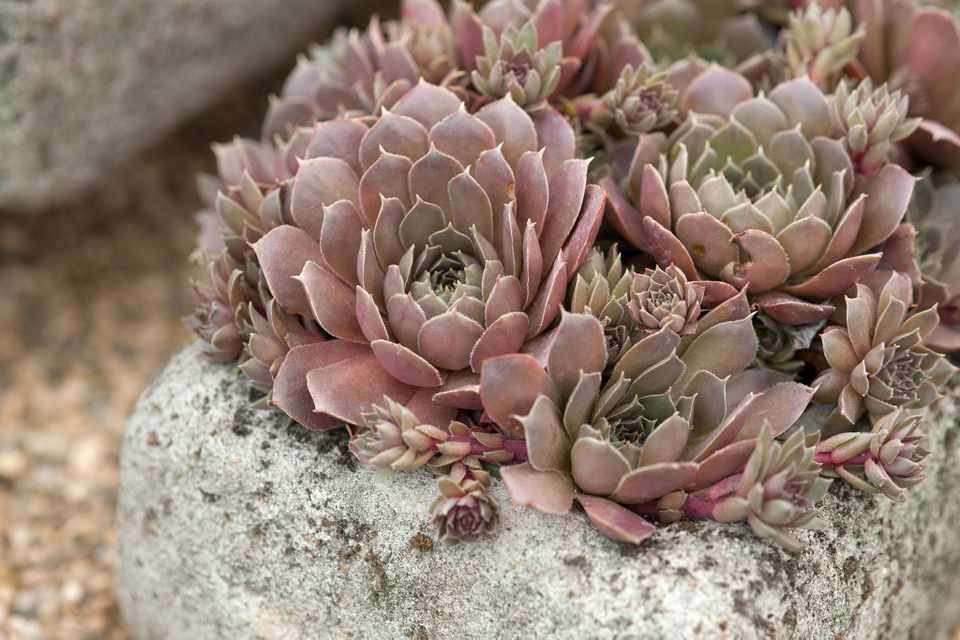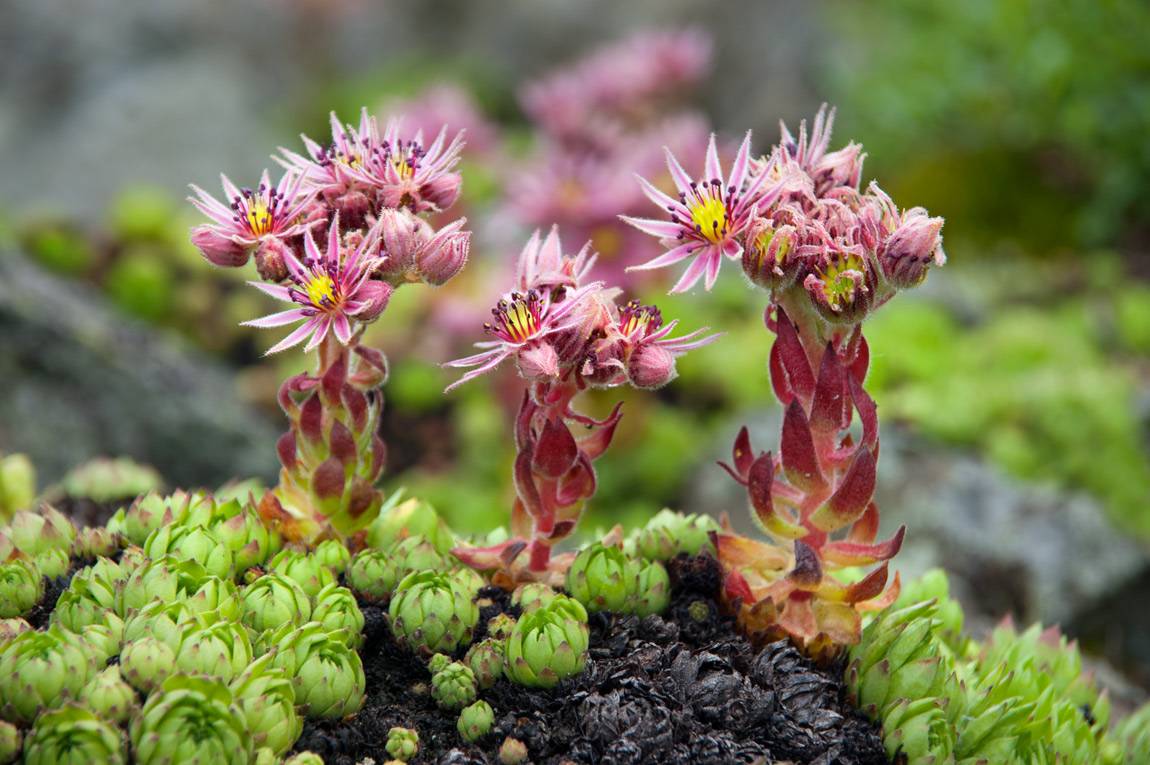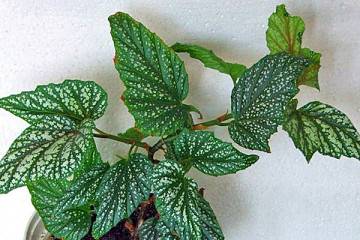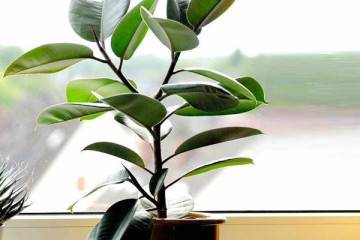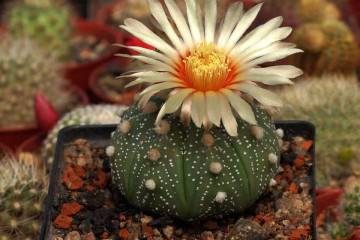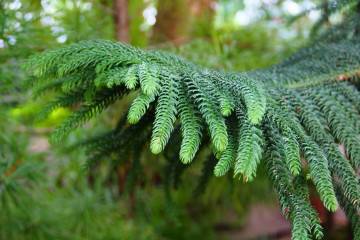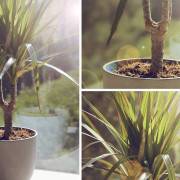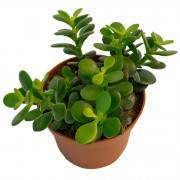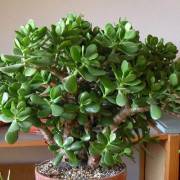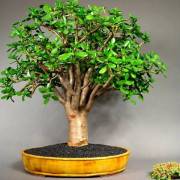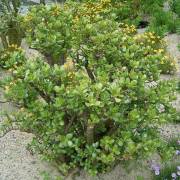Stone roses - what kind of flowers, planting and care at home and in the garden
Content:
- Stone rose (rejuvenated) - what kind of plant is it
- Species that can be grown both at home and outdoors
- Is it possible to grow a stone rose at home
- How to properly plant and care for a stone rose at home
- Growing a flower in the open field
- Caring for a stone rose in the garden
- Blooming roses at home and on the street
- Reproduction of a stone flower by daughter rosettes
- Diseases, pests and ways to control them
In garden and indoor plant compositions, succulents, better known as stone roses or rejuvenated, are an original and very decorative addition. Various types differ in size, shape, color, you can choose for every taste.
Stone rose (rejuvenated) - what kind of plant is it
In Latin, the name sounds like Sempervívum, being one of the genera of the extensive Tolstyankov family. Translated as "always alive", which indicates the exceptional vitality of the plant. In different catalogs, the genus includes from 30 to 50 representatives (species) that grow in the dry mountainous regions of the North Caucasus, Asia and Europe.
Why is it called that
The succulent is called a stone rose for the great resemblance of its rosettes of thick succulent leaves to the blossoming corolla of a rose. In Russia, the young was also called a tenacious, since in the conditions of not too harsh winters it winters well in the open field.
Brief description and characteristics
It is a perennial with fleshy leaves that have pubescence of glandular hairs, like a violet leaf. A dense, multi-leafed rosette can reach 15 cm in diameter. Outlet groups are formed on branched stolons.
During the flowering period, it expels erect stems. Monocarpic is a rosette that dies off after flowering. Flowers are bisexual, collected in corymbose-paniculate inflorescences. The petals are white, yellow, pink, red, and purple. Fruits - multi-seeded leaflets, collected in boxes of 8-20 pcs. in each.
Signs and popular beliefs about the youth
In ancient times, people considered the youth to be the protection of the house from disease. A roofing variety was planted on the roof, believing that the plant attracts wealth to the dwelling. They call it a cemetery because very often a succulent is planted on graves, as it grows without leaving all year round.
Species that can be grown both at home and outdoors
The following varieties are suitable for any window sill, as well as for flower beds and flower beds, and at any time you can change the location at your discretion.
Rejuvenated roofing (Sempervivum Tectorum)
Since ancient times it has been used for planting on roofs made of clay and straw.It was believed that this is a way to protect the house from a lightning strike. The rosettes are usually 5 cm wide, but can grow up to 20 cm in diameter. The leaves are dark green biconvex, the edges can be colored red, yellow, brown. In the inflorescence from 40 to 100 flowers of pink or purple color.
Rejuvenated cobweb (Sempervivum Arachnoideum)
An easily bushy perennial succulent with stems up to 20 cm high. It quickly forms turfs with numerous rosettes 5-25 cm in diameter, which are almost spherical before flowering. The color of the leaves is green and red, but always with a strong white pubescence of the edges of the leaves.
Young Russian (Sempervivum Ruthenicum)
Low-growing perennial up to 35 cm tall. Rosettes of small (up to 7 cm) width are collected from obovate leaves with sharp tips. There is a hard pubescence on both sides of the leaf blades. Inflorescences up to 10 cm wide and 10 cm high are formed in July, they are collected from numerous corollas of green star-shaped form.
Rejuvenated shoots (Sempervivum Soboliferum), and scion (Sims)
This species is sometimes referred to separately as stonecrops. Herbaceous perennial, forming numerous basal rosettes 3-8 cm in diameter. The green leaves have reddish edges with white cilia. From the axils of the leaves during the season, up to 10-15 initially reddish shoots with spherical rosettes grow, which, when falling off, easily root nearby.
Rejuvenated Wulfen (Sempervivum Wulfenii)
A rosette up to 5 cm in diameter is assembled from leaves with a pronounced sharpening at the tip. Pubescence is bilateral. The ends of the fleshy, shiny leaves are colored burgundy on both sides. At the end of July, a peduncle up to 20 cm in height appears from the core of the rosette. The inflorescence consists of stellate corollas of bright yellow color with a noticeable purple spot.
Rejuvenated marble (Sempervivum Marmoreum)
The marble rose differs from other species in that it forms strong stolons 2 cm high, on which rosettes are formed on average 2.5-10 cm in diameter. A young fleshy leaf can be pubescent or bare, up to 3 cm long. Coloring from pale green, as if dusty (marbled), to red with green tips. Peduncles from 10 to 30 cm in height, branched with pubescence, covered with leaves. In the inflorescence up to 25-30 corollas up to 2.5 cm in diameter. The corolla is assembled from 11-12 petals, colored from the core in a burgundy color, passing to the ends in pink and white.
Is it possible to grow a stone rose at home
Of course, at home, any of the Sempervivum representatives can grow, it can be kept in the house and on the balcony. But with the creation of a favorable regime, close to the conditions of its natural range, the appearance of the succulent will only benefit. That is why it is better to take a place for the pot on the windowsill of the loggia or balcony.
How to properly plant and care for a stone rose at home
To a lesser extent, the young reacts to temperature conditions. Moderate watering, soil composition and the presence of a large amount of light are much important to him.
Illumination and temperature conditions
The optimum temperature for growth is 20 ° C, but the plant will survive the heat up to 40 ° C and frost up to -20 ° C without harm to itself. Of all the accommodation options, the southern window is the best. With a lack of sun, the leaves become noticeably pale.
Watering rules and humidity
The optimal irrigation regime in the warm season is once every 2 weeks. The rest of the time, watered once a month.
Top dressing and soil quality
As a top dressing, any composition recommended for cacti is suitable. At the same time, only adult curtains over 3 years old need feeding.
The soil is loamy sandy with the addition of sand and crushed charcoal (preferably birch). To prevent the risk of flooding, a small amount of crushed chalk is introduced into the soil.
Flower container size
The pot needs to be as wide and low as a flat vase. The root system is superficial. The capacity is increased only when the earthen rose begins to hang strongly down over the sides.
Growing a flower in the open field
Initially, it was young - a plant in open ground, so it is freely grown in flower beds, in rockeries, on alpine hills, as well as in various flowerpots in the country.
How to plant a stone rose (seed and vegetative)
In the open ground, sowing can be carried out when the soil warms up to 20 ° C, only then shoots will appear after 14 days. Since young seedlings are very small and grow extremely slowly, the seed method for open ground is rarely used, giving preference to cutting and planting daughter rosettes. Rooting usually takes only 2 weeks.
Seat selection
The site for the rocky rose should be lit throughout the day. It is best to choose a site on an elevation to eliminate the possibility of moisture accumulation at the roots.
How to prepare the soil and flower for planting
For planting, loose soil is suitable, in which there is little humus. It is best to additionally add sand and crushed charcoal for better aeration. The sockets themselves do not need preliminary preparation.
Planting procedure step by step
The order of disembarkation of outlets is as follows:
- With a sharp knife, young rosettes are cut from the mother plant, leaving a petiole 5-10 mm long.
- Immediately prepare the site for landing, carefully loosening the earth on it.
- Sockets are planted, leaving 10-15 cm between them.
- The rose stone is watered very carefully to only slightly moisten the soil. The next watering is needed no earlier than 7 days later.
Caring for a stone rose in the garden
It is no coincidence that rejuvenated so often can be found in a cemetery or on the roof of old houses. Without care, in the presence of sufficient light and periodic rainfall, the succulent feels great.
Watering rules and humidity
Water in the open field only during a long drought (longer than 2 weeks). If it rained during the week, then it is absolutely not worth watering.
Top dressing and soil quality
Top dressing can only be done in spring. To do this, you can use: an infusion of herbs, as well as a diluted mullein. To create optimal conditions for the root system, a little chalk, more sand and a minimum of humus should be present in the soil.
Pruning and replanting
Younger needs pruning only at the end of September. At this time, wilted inflorescences with seeds are removed, as well as the rosettes under them, which have begun to dry out. Young shoots are removed only to give the curtain a suitable size and shape. It is best to transplant in May, if required.
Features of wintering a flower
Without any shelter, the young overwinters in the open field if there is a snow cover above it. If there is no snow, then the clearing should be covered with spruce branches or agrotextile. No protective measures need to be taken if the temperature does not drop below -20 ° C in winter.
Blooming roses at home and on the street
At home, to get flowers in July-August, it is necessary to provide the plant with a cool winter. It is enough to lower the temperature to 10 ° C. And if the temperature on the balcony does not drop below -20 ° C, then it is there that the pot should be taken in October and left there until April.
A period of activity and rest
The dormant period begins for the young, when the air temperature drops below 10 ° C. At this time, the plant freezes. If from autumn to spring the succulent is at such a temperature, then the formed flower buds will bloom next summer.
Care during and after flowering
The plant does not need any special care either when setting buds or after flowering.
What to do if it does not bloom
The absence of peduncles in July-August is due to two reasons:
- too warm wintering. If the pot is left to overwinter at 20 ° C or higher, the flower buds will not form. The plant will put all its strength on new shoots and sockets;
- for some species, flowering is typical only 3 years after sowing, while others do not bloom every year. Information should be clarified according to the botanical reference book.
Reproduction of a stone flower by daughter rosettes
In this simple way, you can propagate any species, just pick up sharp scissors.
When is it produced
The best time to cut shoots is the second half of May. At this time, the succulent has recovered after wintering and is ready for active growth.
Detailed description
The procedure is simple:
- Cut off young rosettes more than 2 cm in diameter.
- If in a species rosettes are formed on long shoots, then a piece 1-2 cm long is left no more.
- The cut rosette is immediately added to the selected area or planted in a pot no more than 5 cm in diameter.
Diseases, pests and ways to control them
In indoor conditions and on flower beds, it is extremely rare for the young to be invaded by pests, ticks and caterpillars bypass it. The only vulnerable spot is the roots, which can be damaged by soil pests. For this, it is recommended to water in the open field, if necessary, with a solution of actara. Of the diseases, rejuvenation is threatened by root rot, which occurs only during flooding, a change in the irrigation regime helps to correct the situation.
Unpretentious and perfect looking at any time of the year, it was rejuvenated - a beautiful succulent, very similar to echevieria, but unlike it, it is not afraid of frost. If desired, a stone rose can be planted not only in a flower bed, but also on a windowsill.

